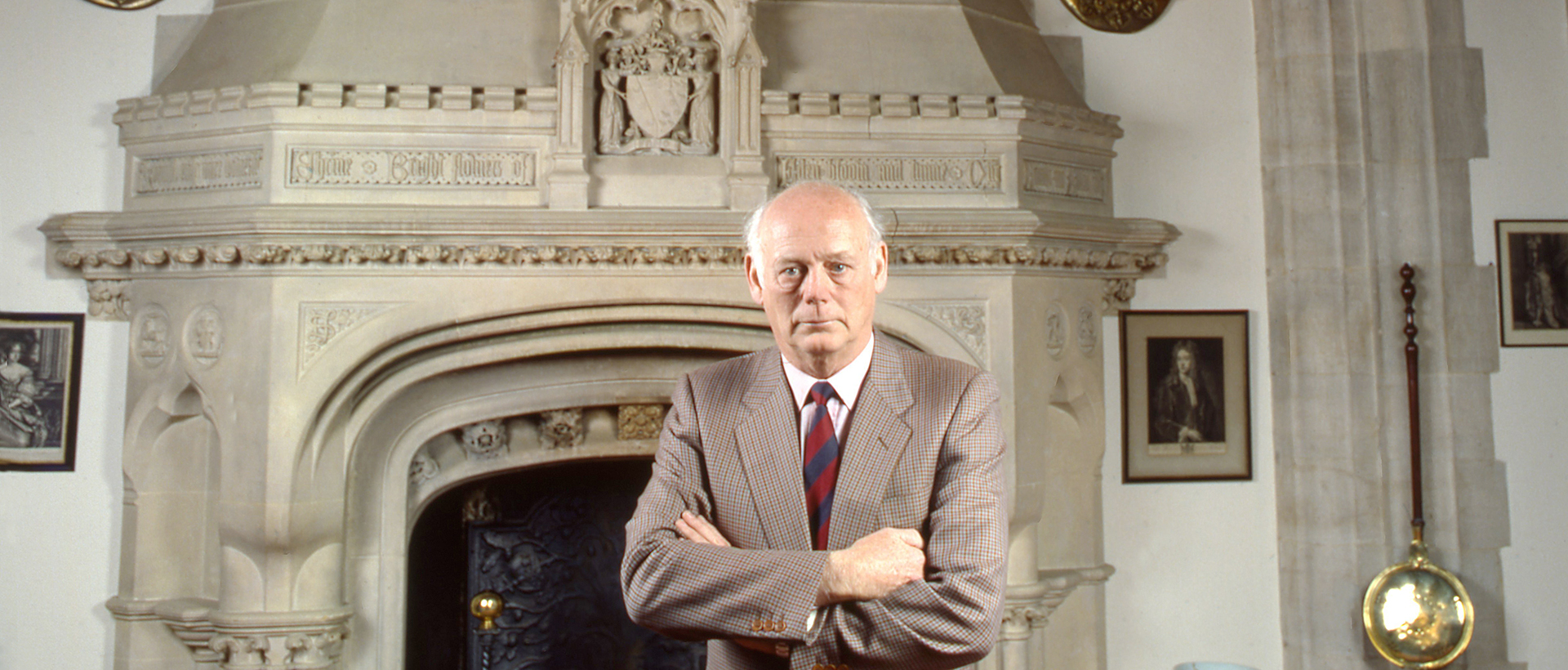Lord Montagu of Beaulieu – Chairman of English Heritage 1984-1992
Lord Montagu of Beaulieu, who died yesterday aged 88, was appointed the first chairman of English Heritage in 1984. Our current Chairman, Sir Laurie Magnus, paid him this tribute:
"Lord Montagu was an inspirational first chairman of the Historic Buildings and Monuments Commission for England (then known as English Heritage and now Historic England). His early support for the development of an exciting visitor offer and membership scheme for English Heritage laid the foundation for the successful transfer of the management of our historic properties collection to a new charity, the English Heritage Trust, earlier this year.
"He was a stalwart champion of England's heritage and laid the foundations for much of the strategic framework which is followed by Historic England today. He was a great supporter of the plans to restore the landscape and improve the visitor facilities at Stonehenge. He was an honoured guest at the opening of the new reception centre there in December 2013 and was delighted by the Prime Minister's announcement of the proposed new tunnel [in December 2014]."
Duncan Wilson Chief Executive of Historic England said, "We were all sad to hear of the death of Lord Montagu, our first Chairman and a great champion of the need to popularise heritage and make it more accessible to the general public. I worked for him at English Heritage from 1987 to 1991 and remember his perseverance and good humour. Returning to the body he then ran, I see many of today's successes originating in his early leadership."
Lord Montagu was also a champion of Listing. Indeed many of the 450,000 entries on the National Heritage List for England today, date from his chairmanship. And it was during his term in office that the concept that Post-war buildings could be worthy of listing was hatched. The 1950s Bracken House, former headquarters of the Financial Times, was the first to be listed in 1987 followed by the Royal Festival Hall, opened in 1951 and listed in 1988.





